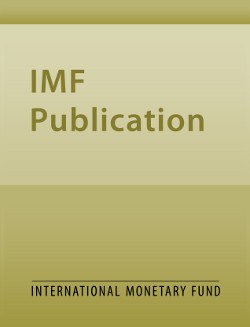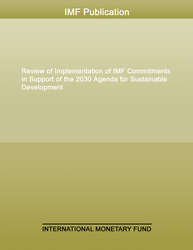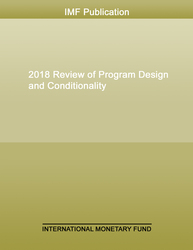
Review of Facilities for Low-Income Countries - Supplement 1
This supplement aims to assess the economic impact of the Fund’s support through its facilities for low-income countries (LICs).
READ MORE...
Volume/Issue:
Volume 2012
Issue 059
Publication date:
ISBN:
Add to Cart by clicking price of the language and format you'd like to purchase
Available Languages and Formats
Topics covered in this book
This title contains information about the following subjects.
Click on a subject if you would like to see other titles with the same subjects.
Exports and Imports , Inflation , PP , Fund , Fund engagement , financial support , low-income country , Fund-supported program , engagement dummy , Fund financing , program support , Balance of payments need , Current account balance , Inflation , Foreign direct investment , Global
Also of interest
Summary
This supplement aims to assess the economic impact of the Fund’s support through its facilities for low-income countries (LICs). It relies on two complementary econometric analyses: the first investigates the longer-term impact of Fund engagement—primarily through successive medium-term programs under the Extended Credit Facility (ECF) and its predecessors (and more recently the Policy Support Instrument (PSI))—on economic growth and a range of other indicators and socio-economic outcomes; the second focuses on the role of IMF shock-related financing—through augmentations of ECF arrangements and short-term and emergency financing instruments—on short-term macroeconomic performance. The empirical results shed some light on two channels through which different Fund facilities may have helped LICs respond to the global financial crisis—(i) by supporting a gradual buildup of macroeconomic buffers in the decades prior to the crisis and (ii) by providing liquidity support at the height of the crisis. The combination of strong pre-crisis buffers and crisis financing allowed LICs to pursue counter-cyclical policy responses that preserved spending and facilitated a rapid recovery.
Copyright © 2010 - 2025
Powered by:
AIDC



